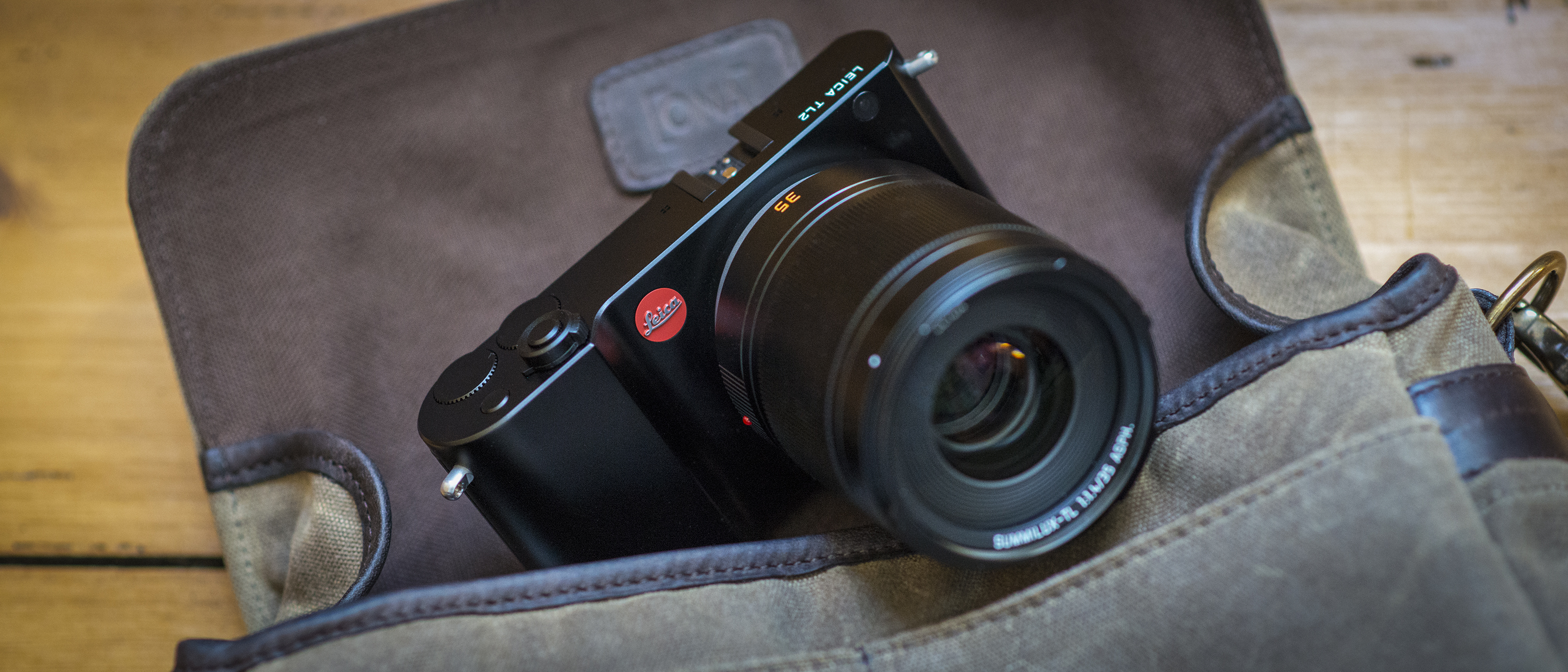Why you can trust TechRadar
Performance
- 7fps burst shooting (mechanical shutter)
- 20fps burst shooting (electronic shutter)
- 250-shot battery life
The Leica TL2 can shoot at a not too shabby 7fps with its mechanical shutter at shutter speeds of up to 1/4000 sec, while above that its electronic shutter will cut in automatically to enable the TL2 to shoot at 20fps, with a maximum shutter speed of 1/40,000 sec.
The TL2 can sustain either burst rate for up to 29 frames, but unlike on some cameras it's not possible to manually select the electronic shutter at lower speeds should you want take advantage of its reduced noise.
The TL2's multi-zone metering system does a pretty decent job, but we found it does have a slight bias for overexposing the scene, so you'll want to pay particular attention to this, and perhaps shoot with -0.3EV exposure compensation dialled in.
In terms of battery life the TL2 sports a what is a best described as modest rating of 250 shots
The TL2's automatic white balance setting does an excellent job of reproducing accurate colors, even when the camera is faced with an artificial lighting source, although if you're planning to primarily shoot JPEGs the colors rendered when shooting in the standard film mode seem a little muted. However, there are also Vivid and Natural presets to choose from, along with B&W Natural and B&W High Contrast. For each of these presets you can adjust contrast, sharpness and saturation to add more 'bite' if you feel it's required.
In terms of battery life the TL2 sports what's best described as a modest rating of 250 shots, which doesn't compare at all well to pretty much any other mirrorless camera available.
Image quality
- ISO100-50,000
- Good ISO performance
- +/-3 EV exposure compensation in 1/3 or 1/2-stop increments
With its decent boost in resolution over the 16MP TL, the Leica TL2 delivers image quality that's easily a match for the best 24MP APS-C cameras currently available. At the TL2's base sensitivity of ISO100 the sensor resolves excellent levels of detail (perhaps in part thanks to the excellent 35mm f/1.4 prime lens we were using). That said, for the best results you'll want to shoot raw files, especially at higher ISOs, where the TL2 tends to over-sharpen JPEGs and applies a bit too much noise reduction at the expense of fine detail.

Click here to see the full-size image

Click here to see the full-size image

Click here to see the full-size image

Click here to see the full-size image

Click here for the full-size image

Click here for the full-size image
Regarding image noise, as you'd expect at lower sensitivities results appear very clean up until ISO3200, where image noise starts to encroach on the image and shadow detail begins to suffer. As long as you shoot raw, though, you'll still be satisfied with results at ISO6400 and ISO12,800, despite more noise being present, though we'd shy away from using sensitivities beyond that.
Sign up for breaking news, reviews, opinion, top tech deals, and more.
Dynamic range is also good. Shooting at lower sensitivities you'll enjoy a fair amount of flexibility when it comes to recovering shadow detail before excess noise begins to appear in shots, while highlight detail can also be pulled back.
Current page: Performance and image quality
Prev Page Build, handling and AF Next Page Verdict and competition
Phil Hall is an experienced writer and editor having worked on some of the largest photography magazines in the UK, and now edit the photography channel of TechRadar, the UK's biggest tech website and one of the largest in the world. He has also worked on numerous commercial projects, including working with manufacturers like Nikon and Fujifilm on bespoke printed and online camera guides, as well as writing technique blogs and copy for the John Lewis Technology guide.
